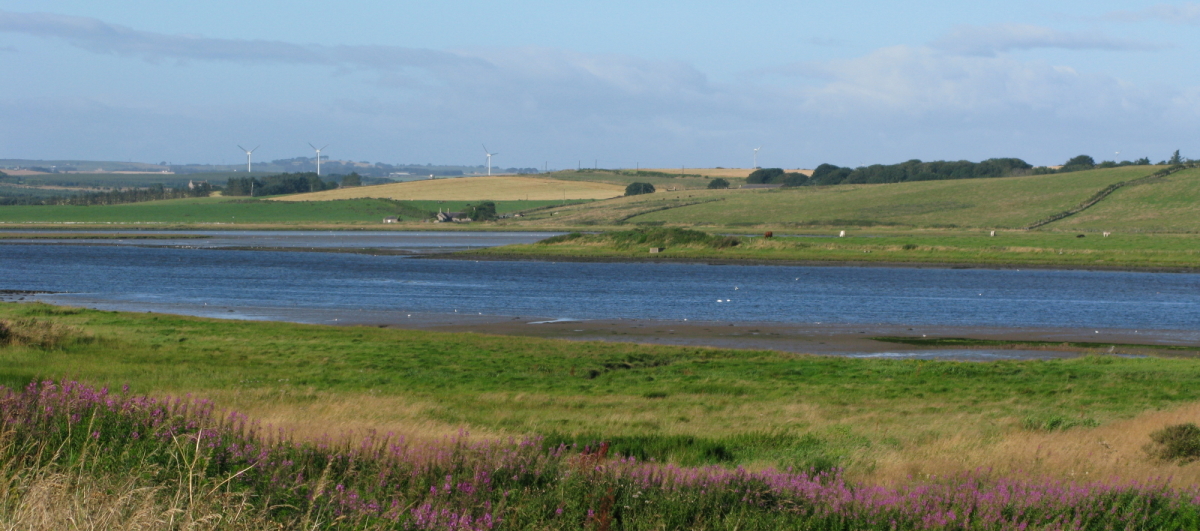Our range of methods
We are developing our open-science research practices and processes. We are at the cutting edge of exploring how a commitment to transparency, both of the research process and research data, can be balanced with the need to uphold the highest ethical standards and respect the confidentiality of research participants.
Our varied approaches to data collection and analysis
Some of our long-standing “traditional” methods of data collection are postal and online surveys, interviews, focus groups and workshops. To analyse these data we use – and often combine – a variety of quantiative and qualitative approaches to analysis, ranging from R and other statistical and econometric packages through to Leximancer and Nvivo. We also have expertise in secondary data analysis, ranging from content analysis of policy documents through to working with census demographic datasets to understand rural trends. We sometimes combine or incorporate spatial data analysis (GIS), often in collaboration with colleagues in ICS.
We also have expertise in innovative and creative methods, including “walk alongs” and especially a variety of visual methods, ranging from photo prompts for discussions through to participatory video.
Our methods are often excellent for aiding discursive community engagement and fostering knowledge exchange.

Our contribution to the International Land Use Study Centre (ILUSC) also reflects and reinforces our commitment to open science.
Visual methods
Our researchers are increasingly using visual methods both as means of data collection and as a means of dissemination.
Visual methods rely on mediums such as film, photography and drawings to both capture and understand specific experiences and to communicate the findings. Specifically we use visual methods including:
- Participatory video methods to explore how people experience things such as outdoor access and urban nature.
- Digital stories/videos to highlight stories of new entrant farmers, digitalisation in rural Scotland, sustainable agriculture and how people experience woodlands.
- Virtual exhibition spaces, such as for 2021 World Water Day.
- Virtual tours for immersive and interactive engagement with stakeholders, for example Glensaugh agroforestry, virtual Arable Scotland and virtual market stalls for social innovation projects such as SIMRA and SHERPA.
Participatory methods
We frequently use participatory methods to encourage stakeholder input in our research.
Depending on the project, stakeholder involvement can range from sharing preferences through to full co-design. This type of work often responds to community concerns and works with communities, for example discussing employment of community researchers. Some of our work that engages with or is co-produced with communities has led to collaborative documentaries such as “Grazing on the Edge” and “Smart Ageing“.
Our participatory methods are also used with other stakeholder groups and respond to topical issues in society and policy.
We have supported workshops to discuss governance and partnership working with members of Regional Land Use Partnerships (RLUPs), set up under Scotland’s Land Use Strategy. Some of this work incorporates use of an interactive TouchTable and facilities such as virtual landscape theatres.
